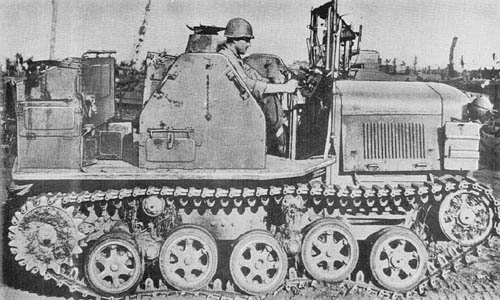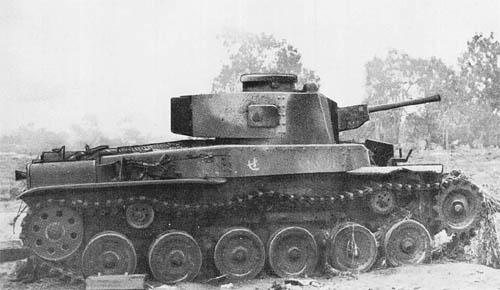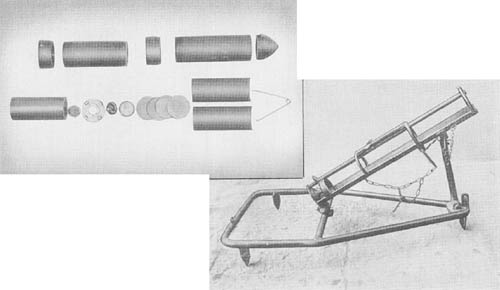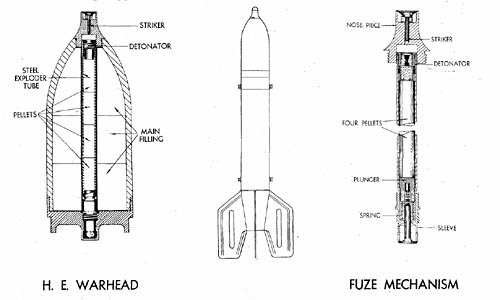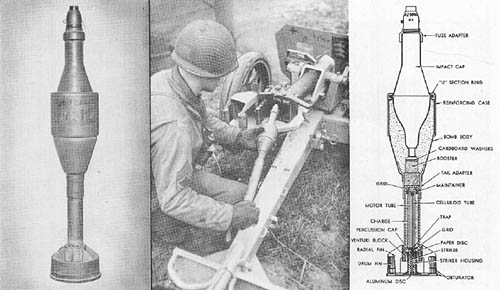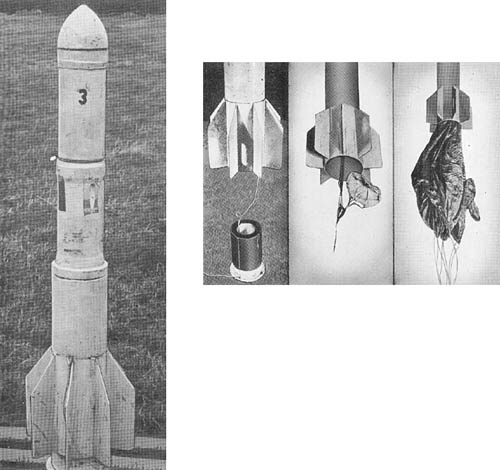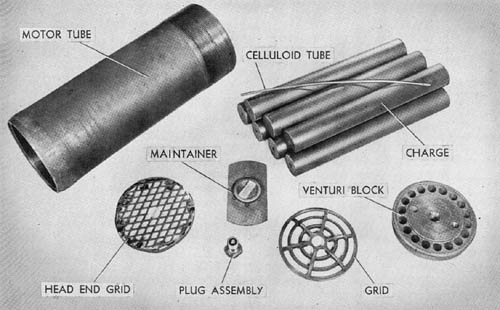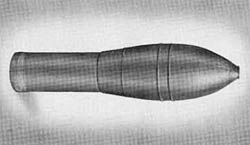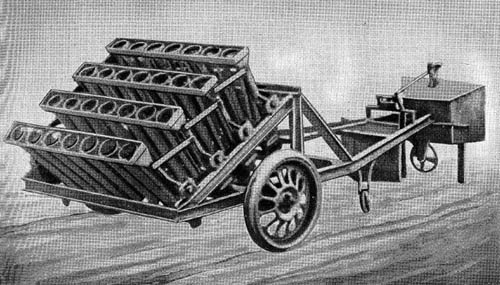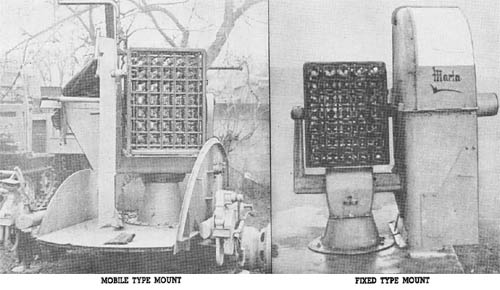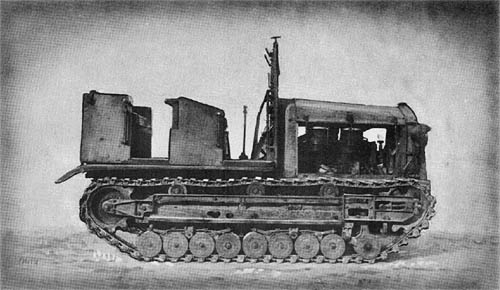
It is reported that there are two variations of this vehicle. Model A is powered by a 6-cylinder in-line L-head Sumida gasoline engine, and Model B by a 6-cylinder in-line air-cooled Isuzu Diesel. As far as may be ascertained, with exception of a modification in radiator design, the general appearance and suspension of these two models is similar.
The Model A engine is an L-head type with the valves on the side. The cylinder bore is 110-mm, the stroke 135 mm, and the compression ratio is 4.5:1. The normal hp. is 64 at 1,200 r.p.m.; the maximum hp. is 98. Ignition is provided by a Bosch high-tension magneto with 12-v. charging generator and two 12-v. 60 amp.-hr. vibration-proof batteries. The electric starting motor is 12-v. with a rating of 2.5 hp. Bevel spur pinion and ring gears have reduction ratios of 2.66 and 5.
The steering system is the clutch brake type with both hand and foot-operated brakes. The transmission provides four speeds forward and one reverse. The maximum speed is 19 k.p.h. (11.8 m.p.h.). The lubricating oil is distributed by gear pump force-feed system. Oil pressure registers 1.0 kg. (2.2 lb.) at low speed and
SPECIFICATIONS
| Weight | 4.8 Metric tons—5.28 tons | |
| Trailer load capacity | 4.5 Metric tons—4.9 tons | |
| Winch capacity | 2.5 Metric tons—2.75 tons | |
| Length | 3.55 m—11 ft., 8 ins. | |
| Width | 1.71 m—5 ft., 11 ins. | |
| Height | 2.35 m—7 ft., 8 ins. | |
| Ground clearance | .295 m—11.75 ins. | |
| Tread centers | 5 ft., 11 1/2 ins. | |
| Ground contact | 7 ft., 4 1/2 ins. | |
| Track width | 9 7/8 ins. | |
| Track links | 59 | |
| Fuel tank | Main, 32 gals.; aux., 14.5 gals. | |
| Fuel consumption | 2.4 m.p.g. | |
| Fording depth | 24 ins. | |
| Speed | ||
| Hard roads | 18 m.p.h. | |
| Cross-country | 8 m.p.h. | |
| Engine | Sumida, 6-cyl., gasoline | |
| Bore and stroke | 110 mm x 135 mm—4.33 ins. x 5.31 ins. | |
| Horsepower | 64 at 1,200 r.p.m. (normal) | |
| Ignition | Bosch high-tension magneto | |
| Battery | 2 12-v., 60 amp.-hr. | |
| Transmission | 4 speeds forward. 1 reverse | |
| Steering | Clutch brake | |
| Crew | 6 |
Japanese: p. 12 (April 1, 1945)
